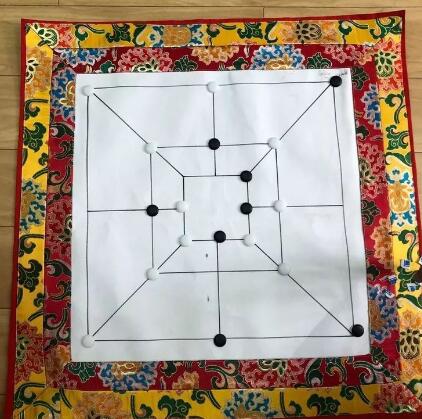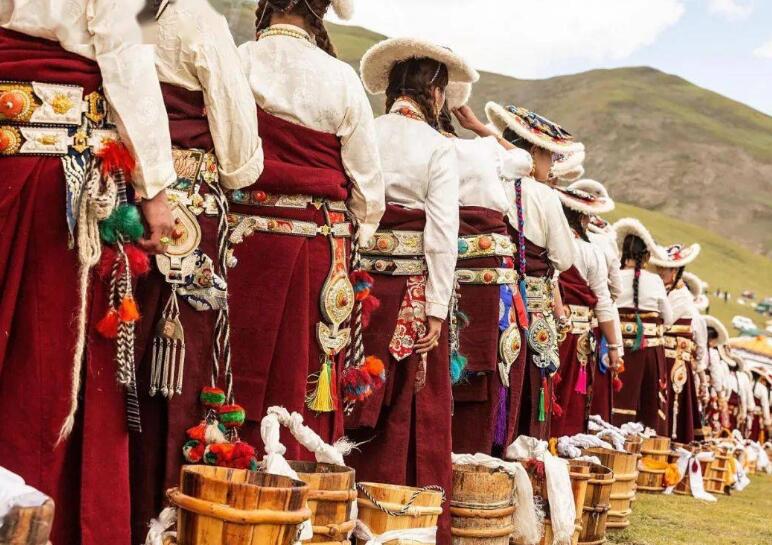Tibetan chess
Tibetan chess is also called "multi-eye chess" and "multi-eye play".It is actually a gradual evolution of ancient Go (17×17 Go). The Tibetan chess board is a square formed by the vertical and horizontal intersection of 17 equidistant parallel lines.The chess pieces are divided into black and white. Before the game, 12 pieces (black and white 6 pieces each) must be placed at the intersection of a fixed position on the board.There are many similarities between Tibetan chess and Go, as well as unique features, such as shooting guns, Yu Lian, San Bi, Si Bi, Zhuan Lhasa, Zhuan, Kazi, Hamu, etc. It can be played by two players or four to four.When the six players played against each other, Tibetan Chess did not say that if there is a big difference between the two strengths, they will all be resolved by "posting". The specific "posting" will be decided by both parties before the game.Before the game, six chess pieces should be placed on the chessboard in a fixed cross position in advance, called "seats".Other than that, there is no big difference between the two.

Kangba Tibetan dress in Waka Town
Elegant, Tibetan silver skinner, colorful, are the main characteristic of tile town women clothing, brocade sees satin coat, showily cloth shawl pan head, the white pleated skirt, the color line, this kind of unique style costume and yunnan rushing bar Tibetan costumes are similar and different, only distributed in tile town village, a total population of less than 2000 people, Presents a unique charm different from other Tibetan clothing. This kind of clothing is not only related to the environment, climate and other external conditions, but also closely related to the local unique history and culture, carrying the unique historical memory and cultural tradition of this region, and has important historical and academic value.

Jalan Tong Folk Culture Square
This is Zigeng Zalantong, the unforgettable resting place for Tibetan traders and caravans in Waka. "Zhalantong" means black rock beach in Tibetan language. These two rocks are shaped like two lions sitting on plates and reclining. They are the logistics center of rest, trade and transshipment for merchants in Sichuan, Yunnan and Tibet in ancient times. The town of Waka is not high and the climate is mild, so traders who arrive at Black Rock dump their wares from afar and set up tents and camps, often for ten days and a half months at a time. When the commodity trade was completed, the merchants divided into two ways to Tibet. One way they lined up a long caravan of horses and camels to the north through Derong Batang to Tibet, and the other way they took a boat at the Waka ferry under the Black Rock diamond to cross the river and entered Tibet through Deqin Mankham. With the passing of time, Waka town became a trade distribution center and an important post station on the yunnan-Tibet tea horse ancient Road.

